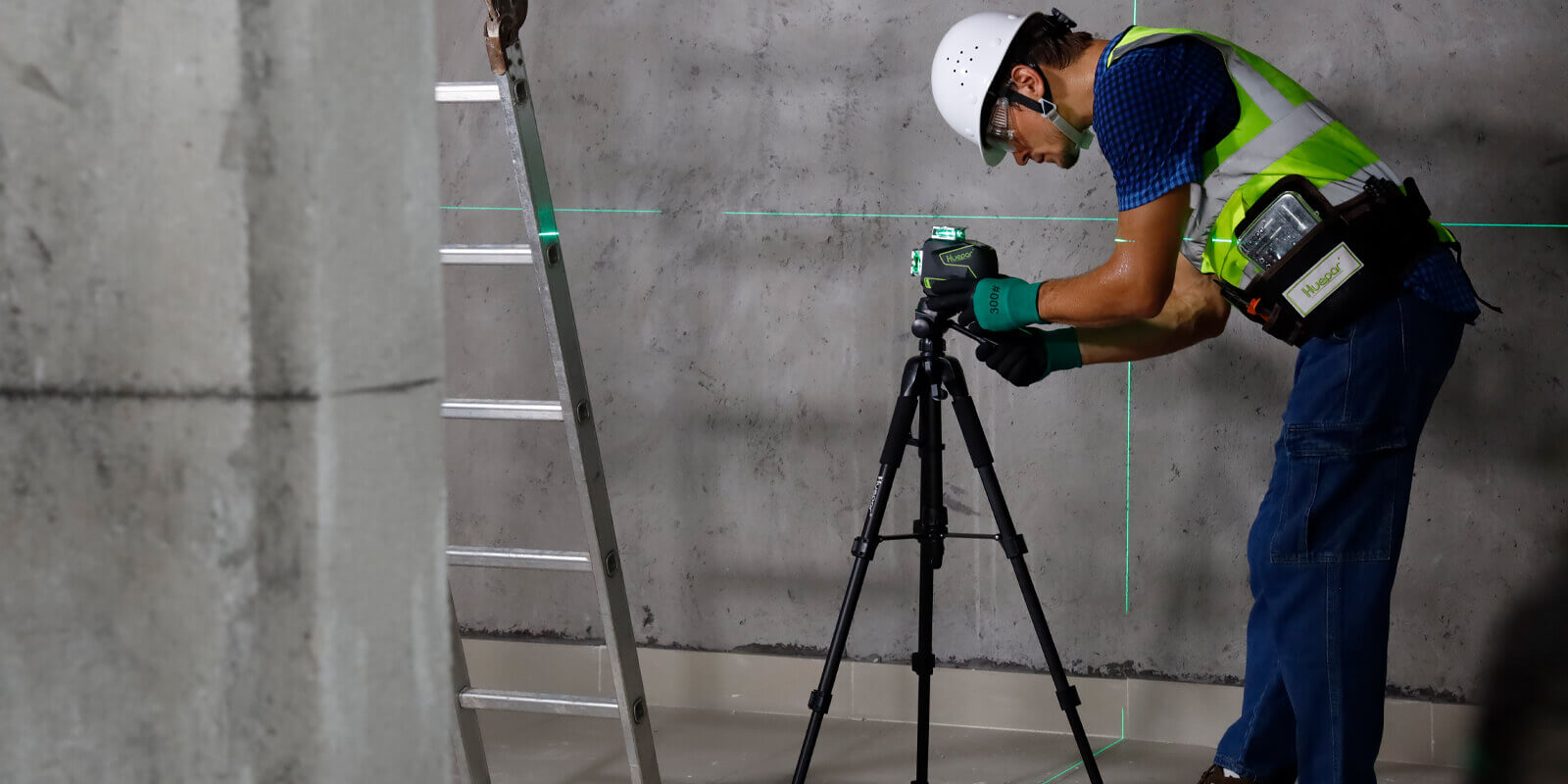Introduction to 3D Laser Levels
What Are 3D Laser Levels?
3d laser levels are advanced tools for precision. They project laser lines on all surfaces. This lines show where to align or cut with great accuracy. They use lasers to form a 3D grid in work areas. This grid helps workers in many fields. With one set up, you get multiple, accurate lines. They can be horizontal, vertical or both. This makes working with 3D laser levels very efficient. They are a step up from regular laser levels.

How 3D Laser Levels Revolutionize Precision Work
3d laser levels have transformed precision tasks. They use three-dimensional planes of light, unlike older tools. This tech allows for accurate, quick alignments and measurements. It is key for jobs that need exact layouts, like tiling or framing. These laser levels reduce errors and time on projects. They can project lines at any angle. This makes them flexible for various tasks on job sites. Workers can now do complex setups with ease. And they finish their work with less effort and more confidence. Overall, 3D laser levels have set a new standard for precision in the industry.
Comparing 3D to Traditional Laser Levels
When choosing a laser level, it's key to know how 3D differs from older types. 3d laser levels have many lines. They show designs in three ways - up, across, and down. Old laser levels can't do this. They only have one or two lines. This limits how they can be used. 3D models give more info on site. They help workers see all angles without moving the tool. This saves time and reduces errors. But, 3D tools may cost more. They also need more skill to use right. In short, 3D laser levels are better for complex tasks. Traditional ones are simpler and cheaper but not as advanced.
Applications of 3D Laser Levels
Industrial Uses of 3D Laser Levels
3d laser levels have changed how industries work. Factories and plants use them for setting up large machines. They ensure everything is at the right height and angle. These levels are also vital in metal and wood workshops. They help workers make precise cuts and joins. Large-scale projects, like bridge-building, rely on 3D levels too. They offer detail that traditional levels can't match. This precision helps in creating safe and strong structures. In sum, 3D laser levels are key tools in modern industry.
3D Laser Levels in Construction and Carpentry
The use of 3d laser levels in construction and carpentry has become a game-changer for professionals. These advanced tools provide a level of accuracy previously unattainable with traditional tools. Here are some key uses:
- Ensuring straight and level foundations: A 3D laser level is crucial for setting out the first stages of a build.
- Aligning structures: They aid in the precise alignment of walls, studs, joists, and other structural elements.
- Installing large equipment: Large machinery installation requires exact leveling; 3D lasers streamline this process.
- Precision in carpentry: Whether it's framing, cabinetry, or detailed woodwork, a 3D laser level enhances accuracy and speed.
Construction and carpentry professionals who incorporate 3d laser levels into their toolkit can expect to improve their efficiency and the quality of their craftsmanship.
Creative Applications in Interior Design and Art
The use of 3d laser levels isn't limited to just construction or industrial settings. They're making a splash in the world of interior design and art too. 3D laser levels allow designers and artists to achieve precise alignments and measurements, which is crucial when creating large-scale murals or intricate designs that cover an entire room. Artists can also utilize these tools for installations that require strict symmetry or specific geometrical patterns. Additionally, interior decorators use them to align decorations, ensuring an aesthetically pleasing and balanced environment. The precision of 3D laser levels provides a reliable platform to execute complex creative visions with confidence.
Choosing the Right Laser Level
Understanding the Features of Cross Line and 4D Laser Levels
Choosing the right laser level means understanding their features. Cross Line laser levels emit two lines: one horizontal and one vertical. This forms a 'cross' on a surface. They help align tiles, cabinets, and more with ease. 4D laser levels go a step beyond. They have 360-degree projections. This means lines go all around the room. Not just on one wall. They are great for full-room layouts. Think of complex jobs like drop ceilings or wainscot paneling. Both types help with different tasks. It's key to choose based on your need.
Factors to Consider When Buying a 3D Laser Level
- Beam Brightness & Visibility: Choose a level with a bright beam for clearer lines.
- Accuracy and Range: Check the accuracy specs and range for your project needs.
- Self-Leveling Capability: Opt for self-leveling models for ease of use.
- Battery Life: Consider the battery type and life to avoid frequent changes.
- Durability: Look for robust construction to withstand job site conditions.
- Extra Features: Features like Bluetooth might add convenience.
- Warranty: Ensure a good warranty to safeguard your investment.
- Price: Balance cost with the features you most need for your tasks.
Maintenance and Safety Tips for Laser Level Users
When using a 3D laser level, proper maintenance and safety are key. Here are some tips:
- Always read the manual before use. It has vital safety information.
- Keep the laser level away from water and dust. These can damage it.
- After use, clean the device. This will make it last longer.
- Store it in a case. This will protect it from falls and knocks.
- Handle with care. Rough use can affect its accuracy.
- Avoid direct eye exposure. Laser beams can be harmful.
- Check the batteries. Replace them before they run out.
- Inspect the level for damage before use. If it's broken, don't use it.
Remember, safety first! A well-cared-for laser level is a reliable tool for any project.








